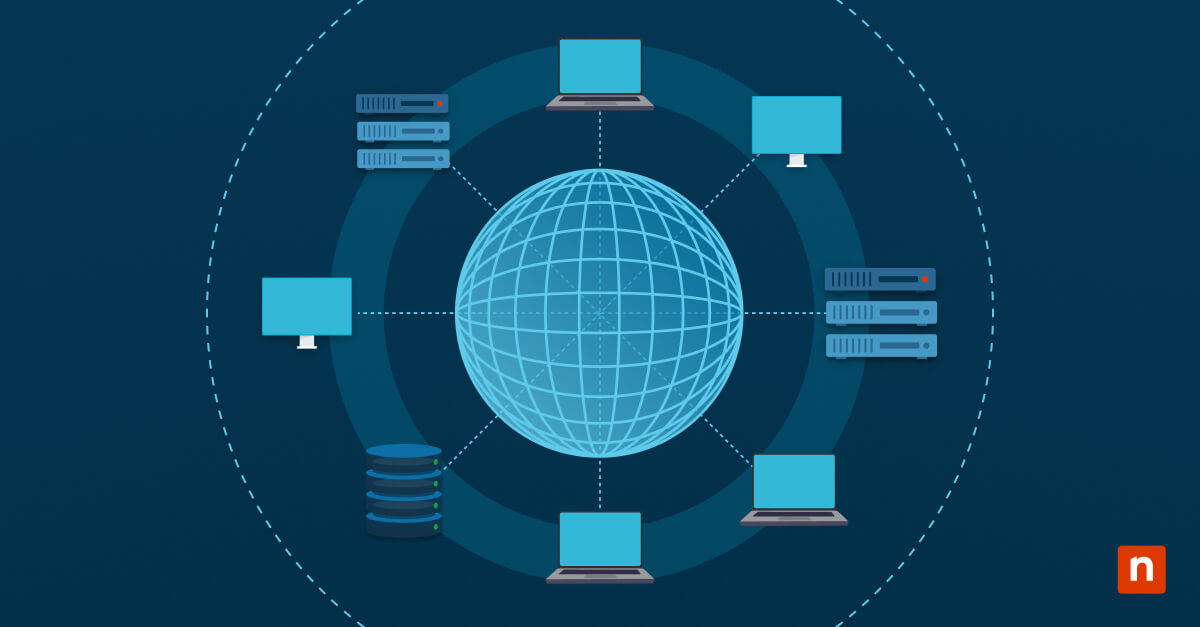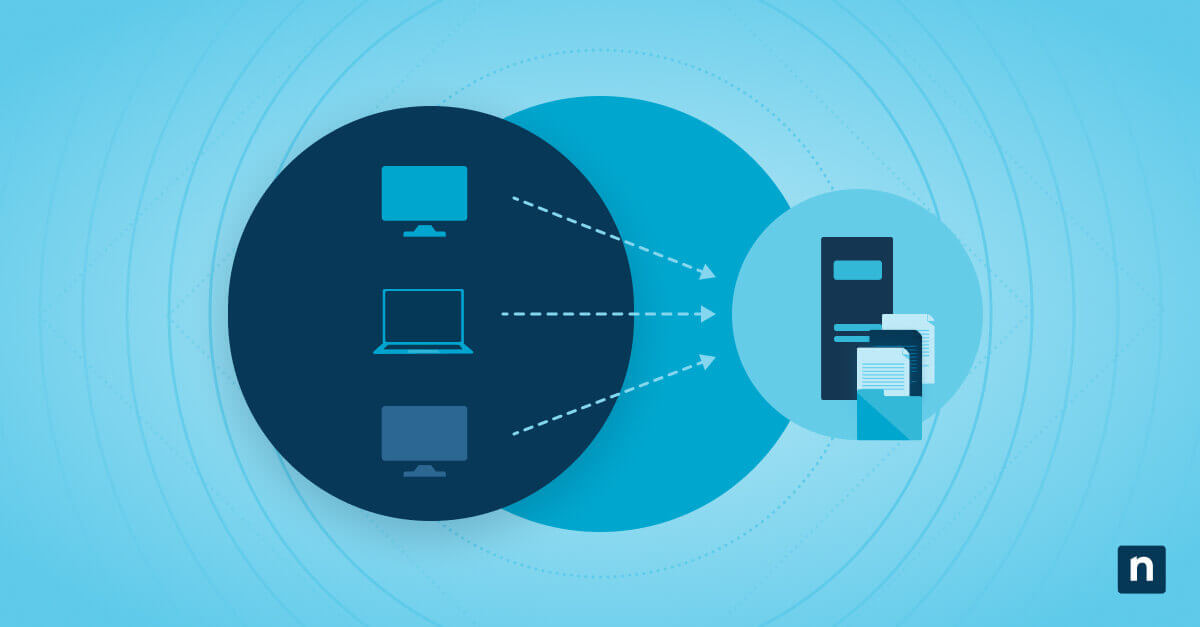The help desk can be both a vital part of a user’s experience and help to increase revenue, especially if it operates efficiently. Sitecore reports that you can triple a return on investment if you invest in help desks. Help desk reporting is an excellent tool used to identify ways to improve your help desk.
What is help desk reporting?
Help desk reporting is a system of gathering help desk metrics to analyze and evaluate how to improve your organization’s help desk operations. This is accomplished through the use of ticketing software. Reporting on help desk metrics gives you full visibility into the ticketing system.
6 help desk reporting tips
1) Generate scheduled reports
Produce help desk reports on a consistent schedule. Depending on your business’s goals, reports can be generated daily, weekly, or monthly.
Consistent reporting helps you know how your help desk is performing over time. You can view weak areas, make changes to the help desk, and view how those changes steadily affect the overall process.
2) Simplify and automate
Simplify the help desk reporting process. The easier it is to gather information about the help desk, the faster action can be taken to improve the help desk process.
Automation is also crucial for success in help desk reporting. The more operations and metric tracking you can automate, the less effort is required by you to carry out those specific functions. Automated tracking and reporting for your help desk relieves you of the mental energy spent on those tasks, so you can instead focus on actionable items to take based on the help desk reports.
3) Track key reporting metrics
Each business serves distinctive purposes and has individual goals, so it’s essential to ensure that you’re tracking your own key reporting metrics and that they’re tailored to your business. Though help desk reporting can be generated automatically, the default settings on these reports might not match the goals you have for your help desk.
Make sure that the metrics you are tracking are relevant to your organization’s help desk process. Popular metrics to assess typically include the overall number of tickets, and the cost and time per ticket. Specifics on important help desk metrics can be found later in the article.
4) Gather customer satisfaction data
Customer satisfaction is one of the primary goals of a help desk. Help desks serve either external customers or internal employees, and it’s important to please both groups of people with the service provided.
Including data about whether customers are satisfied or dissatisfied with how the help desk is operating can give you great insight into how efficient your help desk is and what areas could use improvement.
5) Distribute reports
Share the help desk report with the people involved in help desk operations. Give them clear information about areas that are performing well and about areas that could use some improvement.
Transparency about how the help desk is performing provides accessible information for others to view and allows for more trust within an organization. It also enables help desk employees to be more accountable for the services they provide, and to measure their success.
6) Review reports on a regular basis
A snapshot of the data from one week can’t provide a clear visual of how the help desk has changed over time. To understand how the data evolves, you need to consistently review your help desk reports.
Regularly evaluate your help desk performance so you have an understanding of how changes affect particular metrics over time.
5 important help desk metrics
1) Speed of first response
When a customer requests assistance from the help desk, how quickly do they receive an initial response to their request? Tracking the speed of the initial replies gives you awareness so you can potentially boost the speed or, if response times increase, know when problems are occurring.
2) Number of new/resolved tickets
The number of new help desk tickets that come in each day and the number that are resolved provide information as to how productive and efficient your help desk is. Tracking the resolution rates of your help desk tickets can help you know how your help desk is functioning.
3) Ticket resolution time
This metric shows how quickly the help desk can find an answer to or resolve a customer’s ticket. Measuring the time gives the customer support team awareness of how quickly they are working. The faster tickets are resolved, the better your help desk performs, and the happier customers are.
4) Backlog size
With the many tickets that come in, they can accumulate quickly and create a backlog. Keeping track of the backlog size is another metric that can show how effective your help desk is and whether there are tickets that are not being quickly addressed.
5) CSAT scores
CSAT (customer satisfaction) scores are used to measure customer satisfaction with a service or interaction. Help desks were created to address the needs of internal users or external customers, so it is important that these groups of people are satisfied with the service they receive. Tracking this metric can ultimately provide you with a good overview of how your help desk process works as a whole.
Help desk reporting with NinjaOne
With help desk reporting, you can find areas of your help desk process that may be lacking and greatly improve overall customer experience. Read about help desk best practices for tips on how to ensure your help desk operates smoothly.
NinjaOne’s ticketing software can help you achieve your help desk goals. It includes help desk reporting with detailed ticket reports and ticket activity feed, as well as visuals that allow you to view report data at a glance. Sign up for a free trial today.








